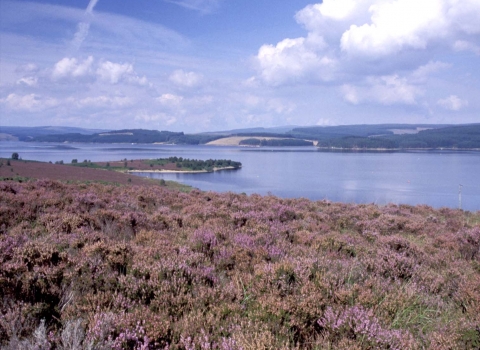Butterburn Flow. Image by: Duncan Hutt.
Location
Know before you go
Dogs
When to visit
Opening times
24/7/365Best time to visit
June to AugustAbout the reserve
This remote site is the largest of the Border Mires and is one of only three sites in the country that represent the transition between hummock-hollow mire and true patterned mire. Sphagnum magellanicum, sphagnum papillosum, cross-leaved heath and cranberry dominate the area.
Other local and rare plant species include great sundew, tall bog sedge and few-flowered sedge and waders, including dunlin, breed at the site. In summer look out for the distinctive white flowers of cloudberry, a plant more usually found at higher altitudes.
Butterburn Flow is a blanket bog, meaning that it lies over the landscape like a wet blanket. It receives moisture from groundwater as well as from rainfall. Surprisingly, it’s relatively intact with a high water table as there’s been little artificial drainage in the past. As a result, peat is still actively growing and an abundance of sphagnum moss, which forms extensive lawns and hummocks, known as patterned mire thrives in this wet environment.
The site is managed in partnership with the Forestry Commission.


